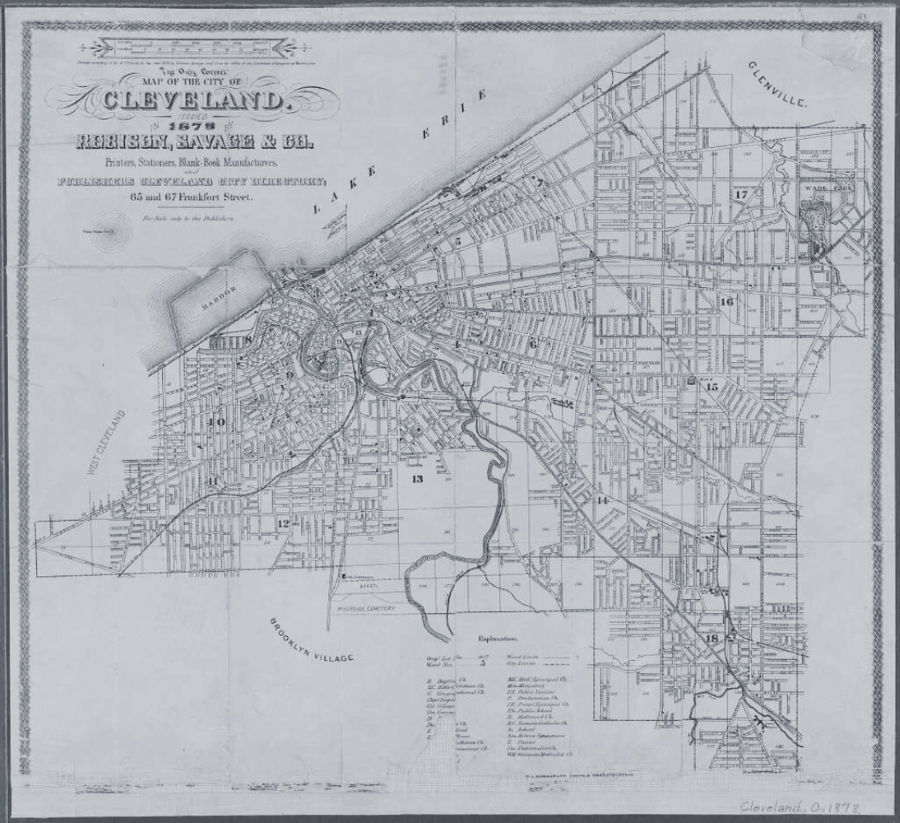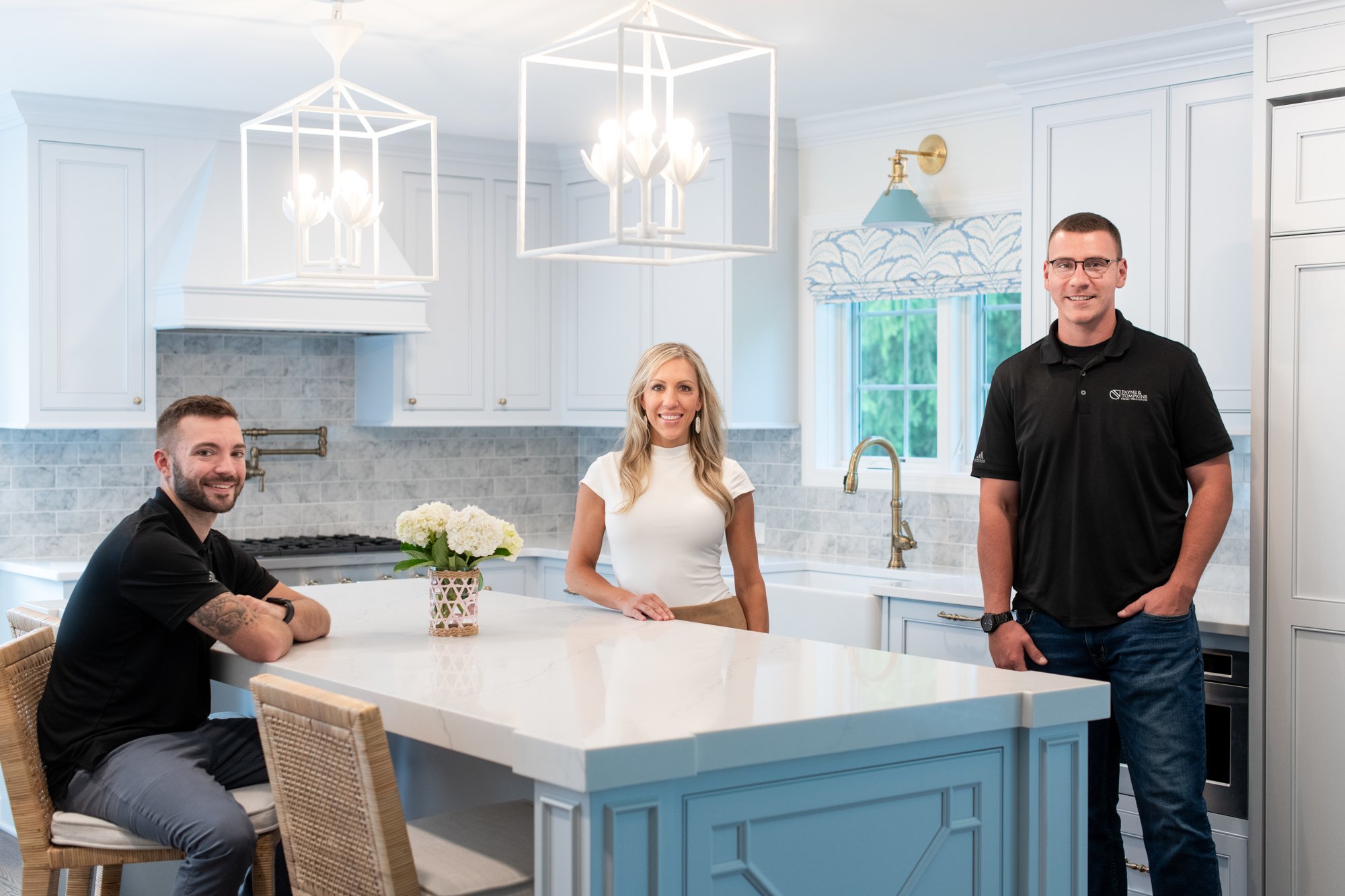First, be clear about your vision and priorities. Knowing what you want from the outset helps your designer create a plan that aligns with your needs and style. Think about how you use each space and what changes will make your home work better for you—whether it's more storage, better lighting, or a complete layout overhaul. You should also lean on your designer to come up with solutions to what you don't like about your space. If your home is dim, dated, or lacking storage, you may not have come up with the solutions yet, but that's what your designer is trained to do.
Next, set a realistic budget. Understanding the costs involved and communicating your budget upfront allows your designer to make the most of your investment. The design-build process is particularly effective at keeping your project on budget, as the design and construction teams work together from the beginning.
Finally, trust the process and stay open to new ideas. Designers bring a wealth of experience and creativity to the table, often suggesting solutions you might not have considered. By partnering with a top residential design-build firm, you’ll benefit from a collaborative approach that turns your vision into a beautifully functional reality.



















